26 April 2016
A task force of sixteen designers and ten manufacturers, led by two art directors, has carried out an extraordinary operation: reinterpreting, for the first time for 400 years, the famous Imari porcelain from Arita. The result of this work, which lasted two years and has been presented at the Fuorisalone, is a collection of over 300 pieces made in the Japanese city. It was here that the country’s first porcelain was produced back in 1616, quickly acquiring a reputation for the richness of its glazed decorations and imported into Europe by the Dutch East India Company. A success that lasted up until the second half of the last century, when the economic viability of the region began to break down. The prefecture of Saga decided to intervene in order to prevent the complete loss of the tradition, involving the Dutch duo Scholten & Baijings and the Japanese designer Teruhiro Yanagihara in its effort to revitalize the local industry. The traditional craft techniques have been revised so that they can be used to produce beautiful and functional objects, which has also served to show off the skills of the local craftsmen. Each designer developed his or her own idea in collaboration with a manufacturer, taking a personal and distinctive approach to the research. One studio investigated the combination of ceramic materials with different degrees of porosity and resistance to heat (BIG-GAME), while a Dutch designer took her inspiration from the history of the trade relations between the Netherlands and Japan to come up with new decorative patterns (Christien Meindertsma) and another studio used the craft technique of airbrush painting to produce optical illusions (Kueng Caputo). Scholten & Baijings chose instead to celebrate the beauty of Arita ware with an experimental work that took the form of 27 one-off plates. All of them were derived from the superimposition of traditional shapes, one on top of another, and were produced with the help of 3D-printing technology. The complete series is on display at an exhibition, Arita Porcelain Today, open until October 9 in the Asian Pavilion of the Rijksmuseum in Amsterdam, in which the new pieces are presented alongside others already in the collection.
Arita Porcelain Today
Curated by Scholten & Baijings and Teruhiro Yanagihara
Rijksmuseum, Amsterdam
April 22-October 9
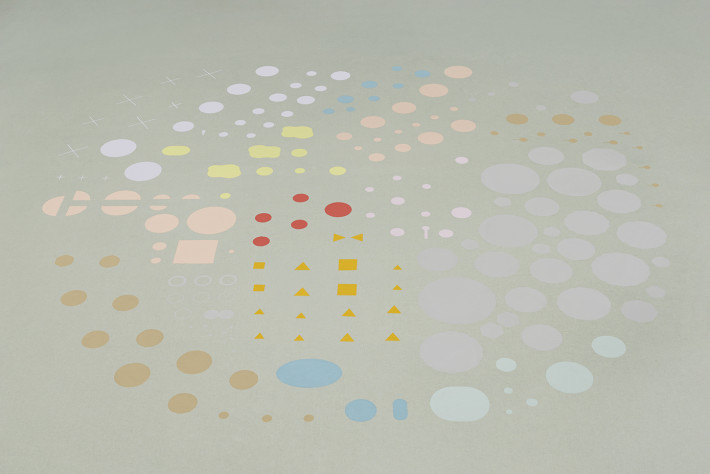
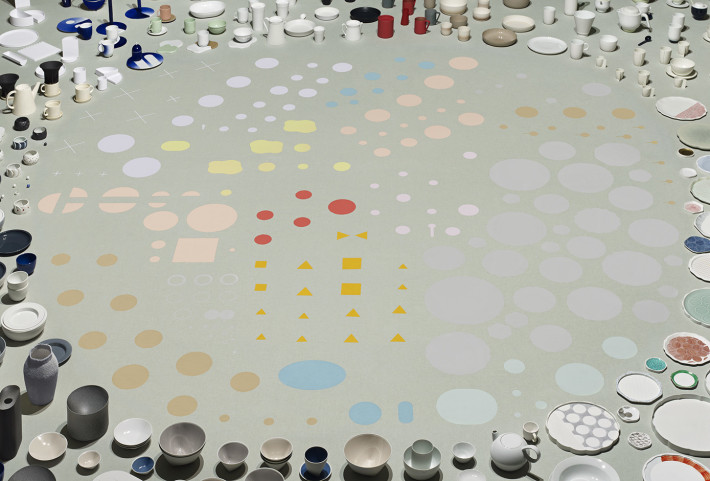
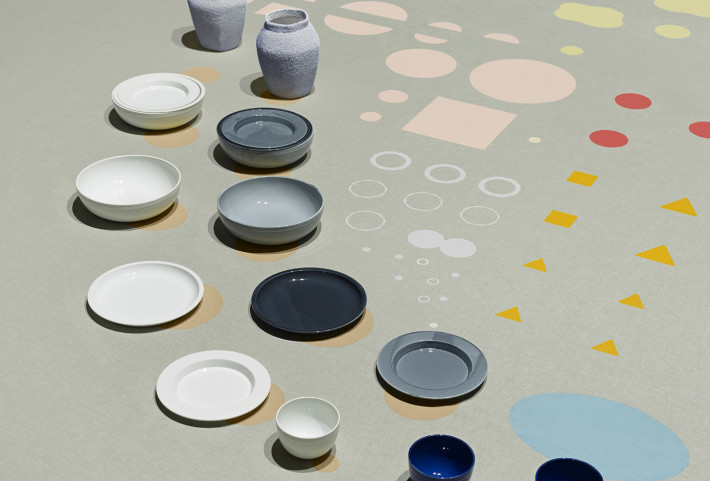
Fujimaki Seitou & Teruhiro Yanagihara
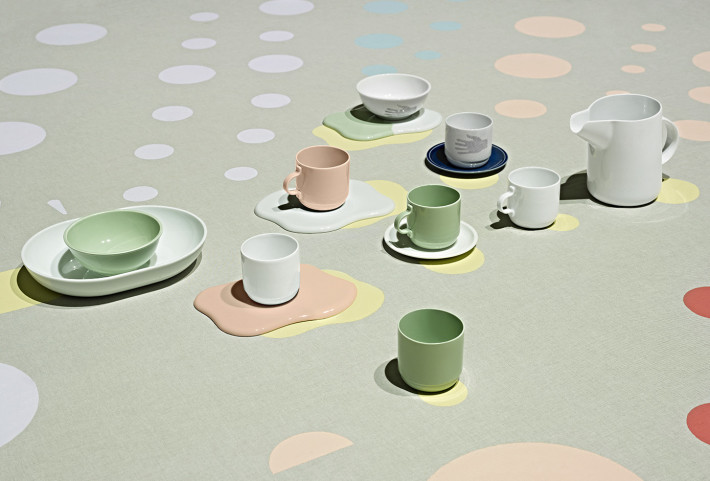
Tokunaga Pottery & TAF
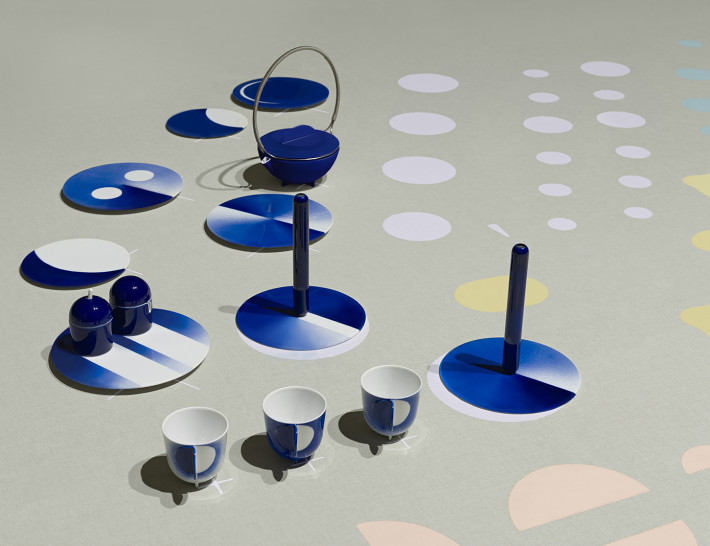
Koransha & Studio Wieki Somers
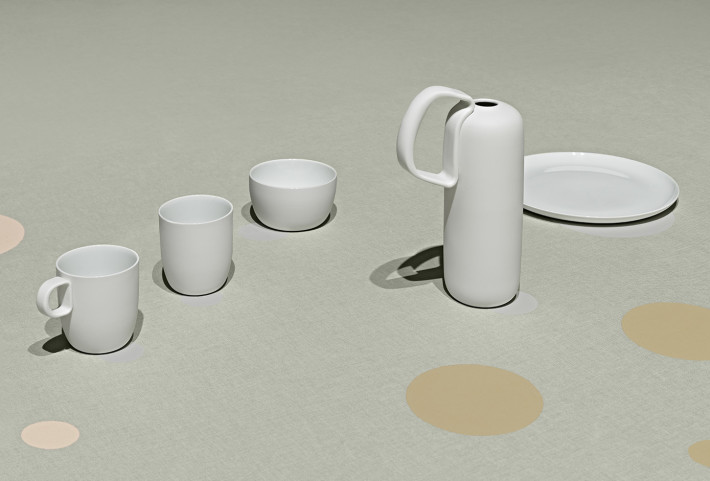
Hataman Touen & Leon Ransmeier
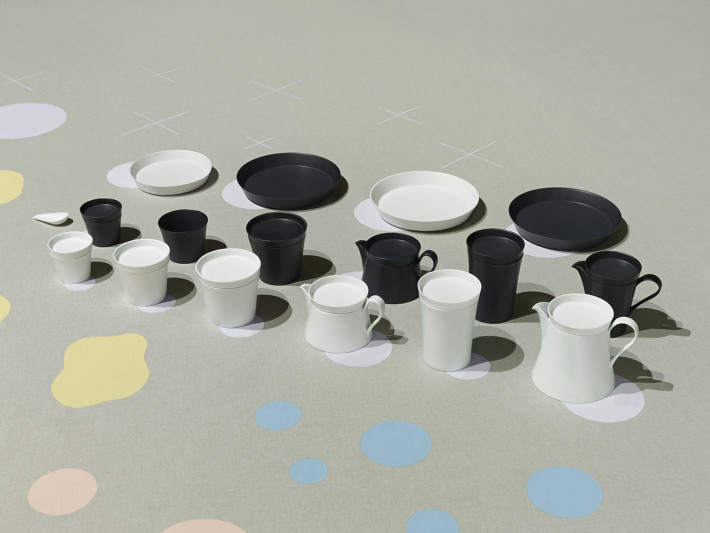
Koransha & Ingegerd Råman
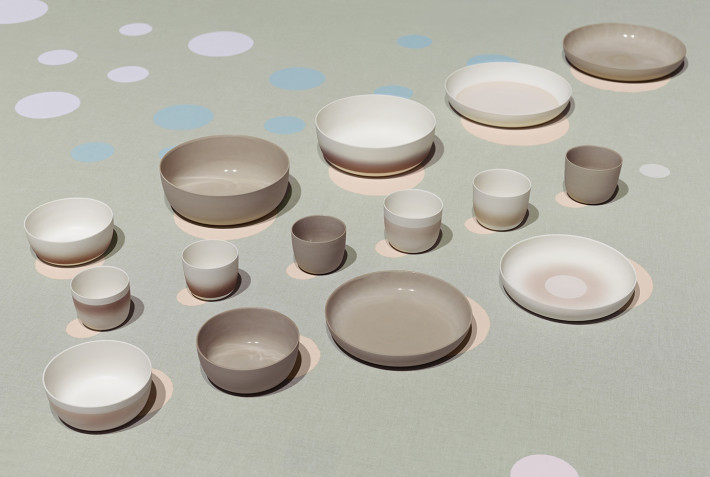
Sehyo & Kirstie van Noort
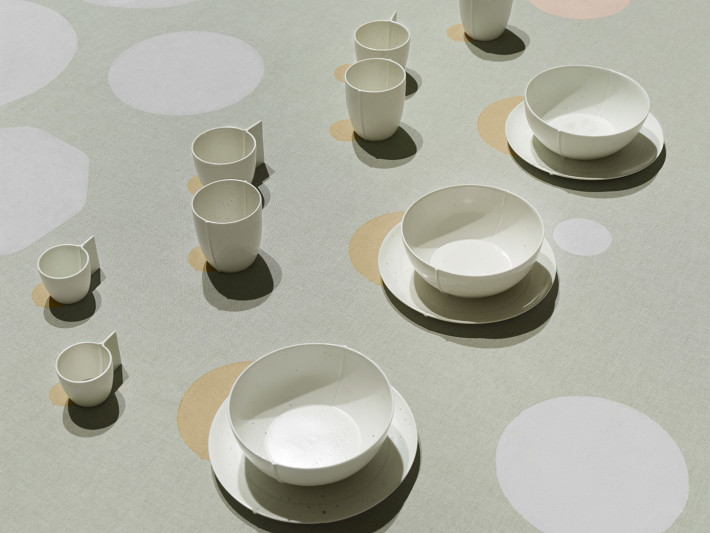
Fujimaki Seitou & Christien Meindertsma
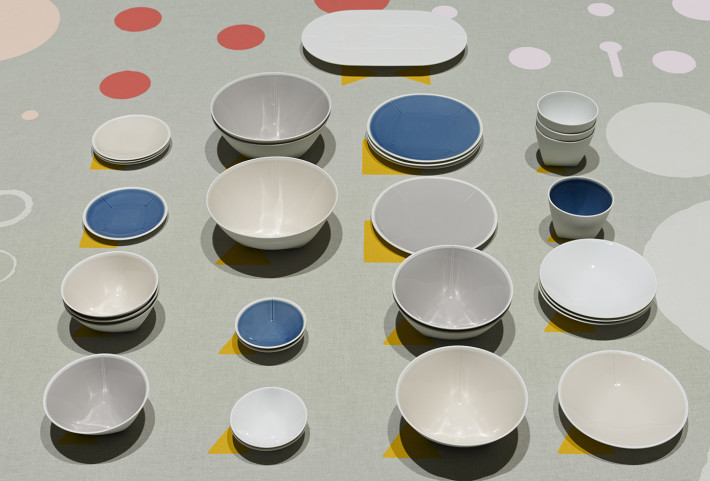
Housengama & Christian Haas
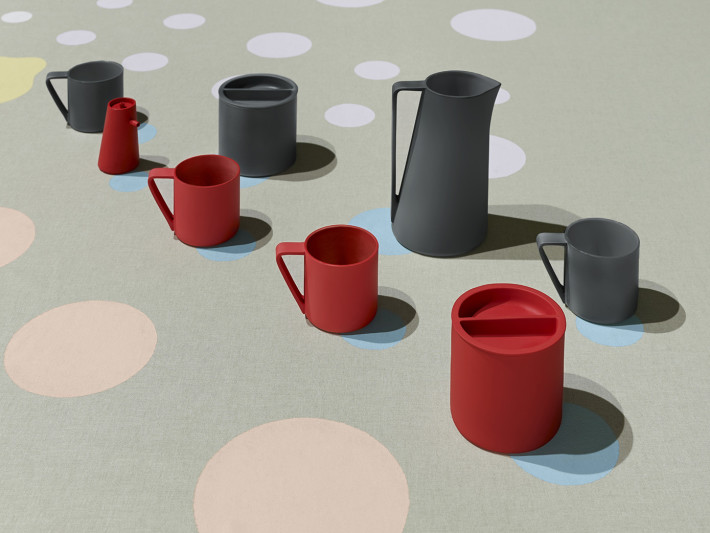
Kin’emon Toen & Shigeki Fujishiro
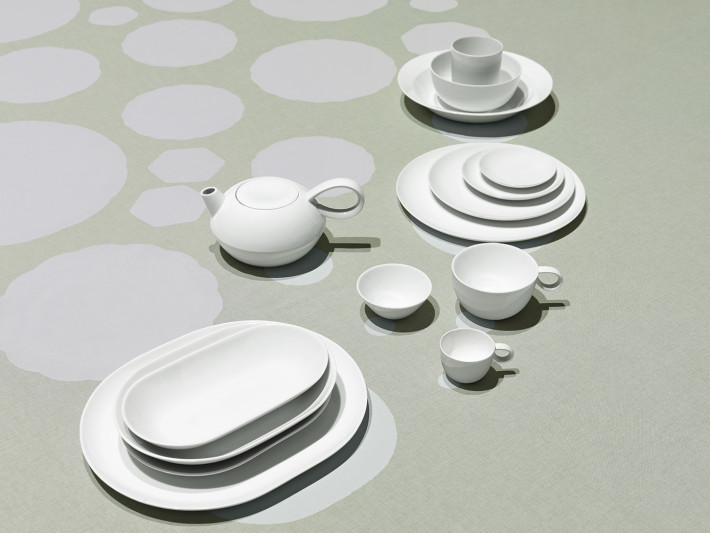
Kawazoe Seizan & Stefan Diez
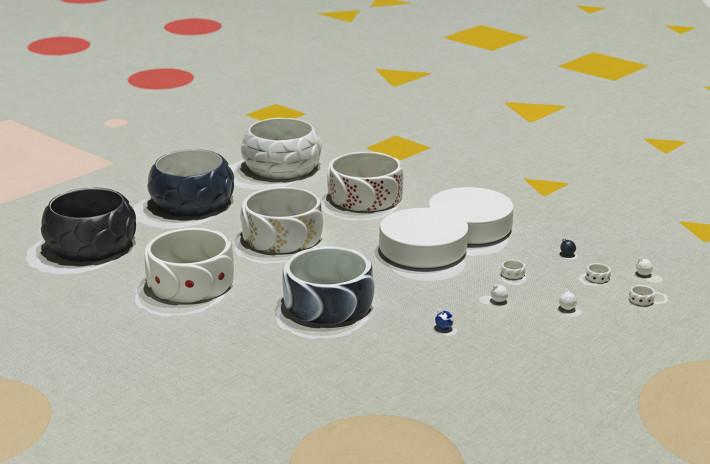
Hataman Touen & Saskia Diez
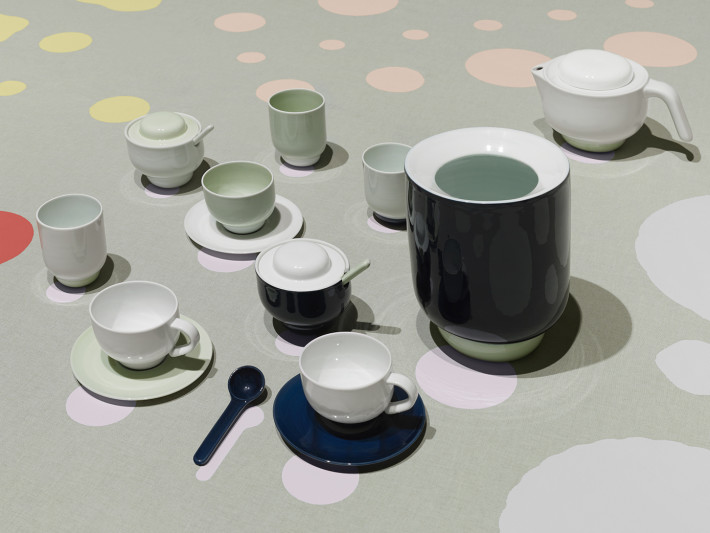
Kouemon & Pauline Deltour
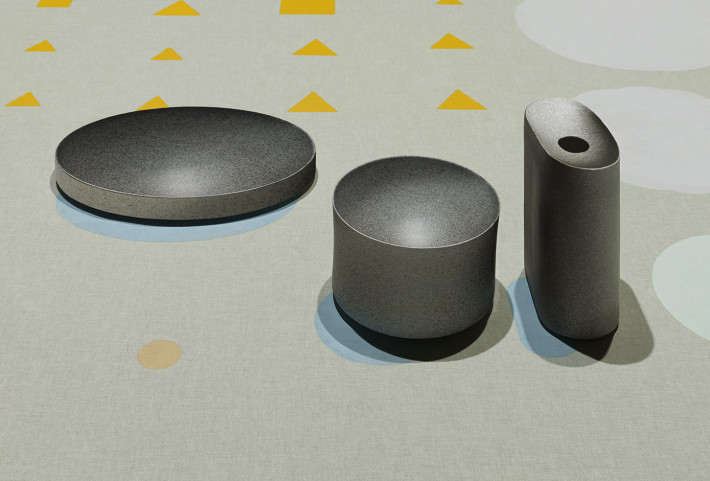
Kin’emon Toen & Kueng Caputo
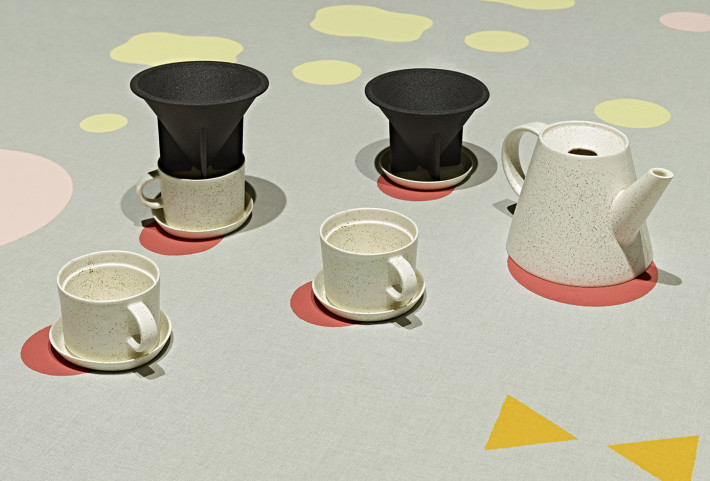
Kubota Minoru Ceramics & BIG-GAME
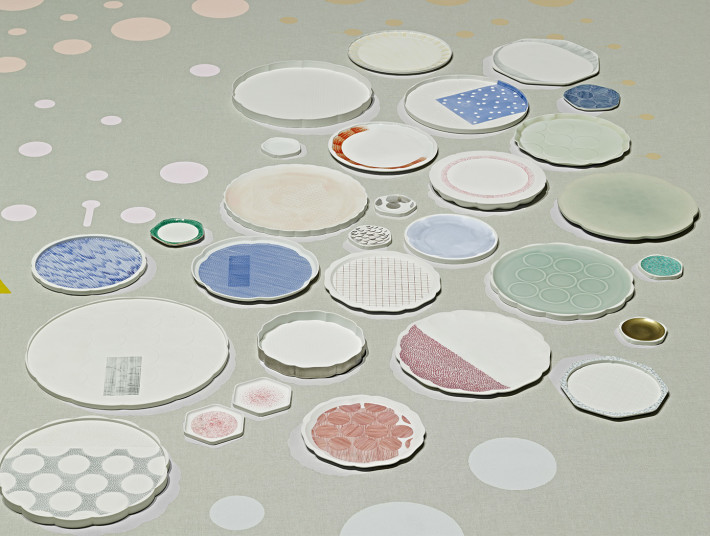
Hataman Touen & Scholten & Baijings
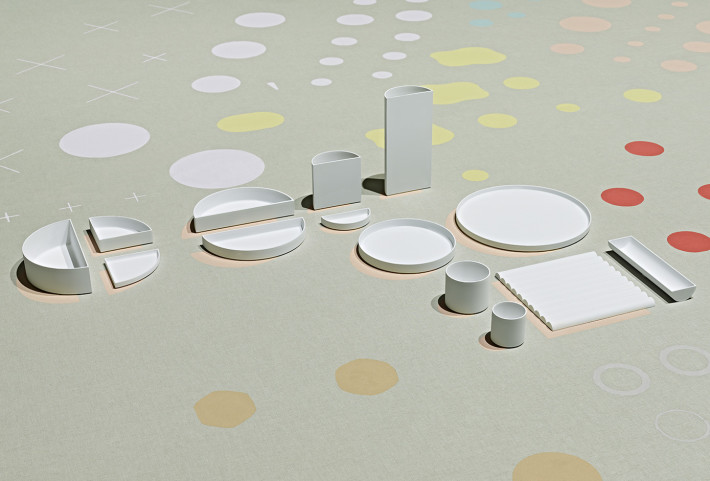
Sehyo & Tomás Alonso